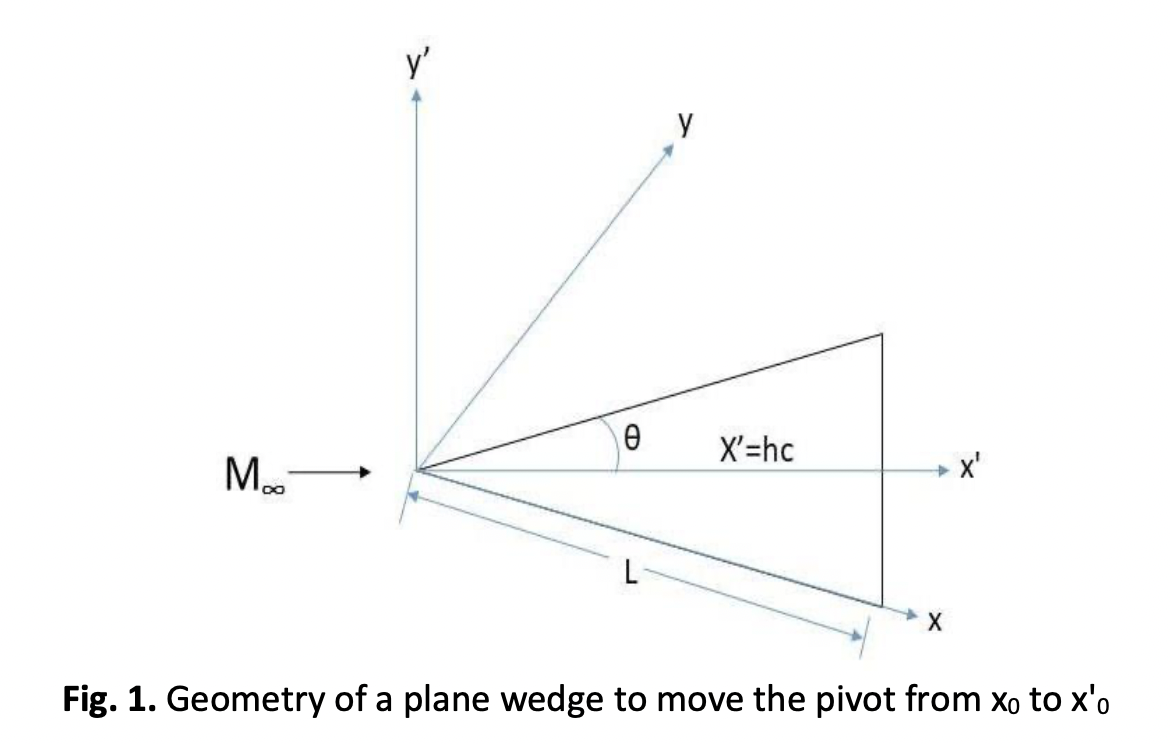Numerical Simulation of Surface Pressure of a Wedge at Supersonic Mach Numbers and Application of Design of Experiments
DOI:
https://doi.org/10.37934/aram.101.1.118Keywords:
CFD analysis, supersonic, wedge angleAbstract
This paper aims to numerically simulate the flow field for wedge, cone, and ogives. Usually, wedge shapes are used as a stabilizing surface for supersonic projectiles like rockets, missiles, and planes in defense applications. Wedge-shaped or delta wings are often the principal wing used for the stability of supersonic aircraft/missiles. The main goal of the current study is to estimate the pressure at the wedge-shaped plane's/missiles nose at different Mach numbers and incidence angles. Analytical pressure distribution is determined using the strip and piston theory. Later the outcomes from the numerical simulations are compared with the results obtained analytically. The analytical and CFD findings matching is very good. The findings demonstrate that the Mach number and wedge angle are the variables that influence the deviation of static pressure. The static pressure on the surface of the wedge grows with the rise in the semi-vertex angle of the wedge angle and the Mach number. This increase in the surface pressure ratio is linear for the increase in Mach number as well as the semi-vertex angle of the wedge. However, the magnitude of increase with the Mach numbers is not the same as what it was for low Mach numbers. The enhancement in the pressure decreases with the Mach numbers.Downloads
Download data is not yet available.

Downloads
Published
2023-02-02
How to Cite
Shamitha, Crasta, A. ., Pathan, K. A., & Khan, S. A. (2023). Numerical Simulation of Surface Pressure of a Wedge at Supersonic Mach Numbers and Application of Design of Experiments. Journal of Advanced Research in Applied Mechanics, 101(1), 1–18. https://doi.org/10.37934/aram.101.1.118
Issue
Section
Articles

























